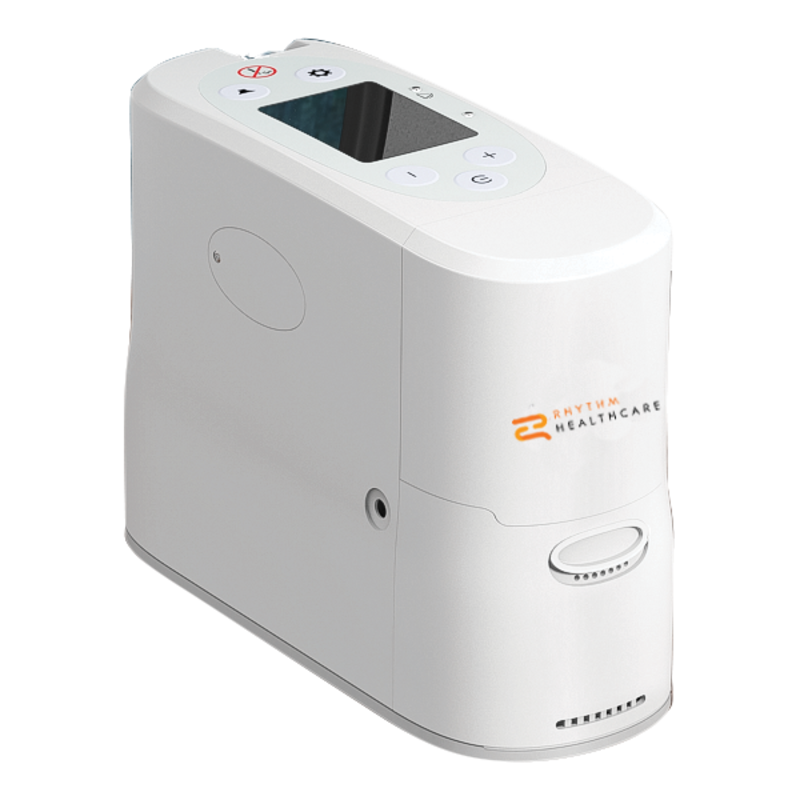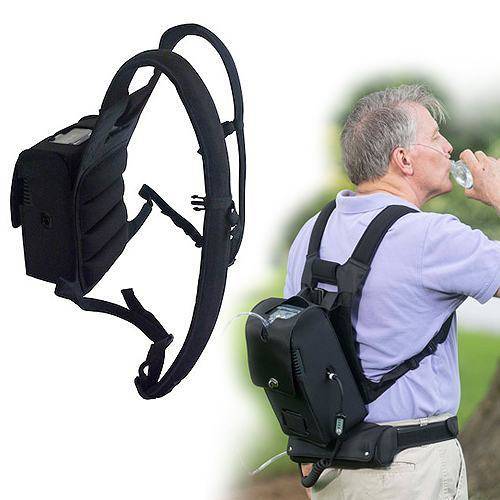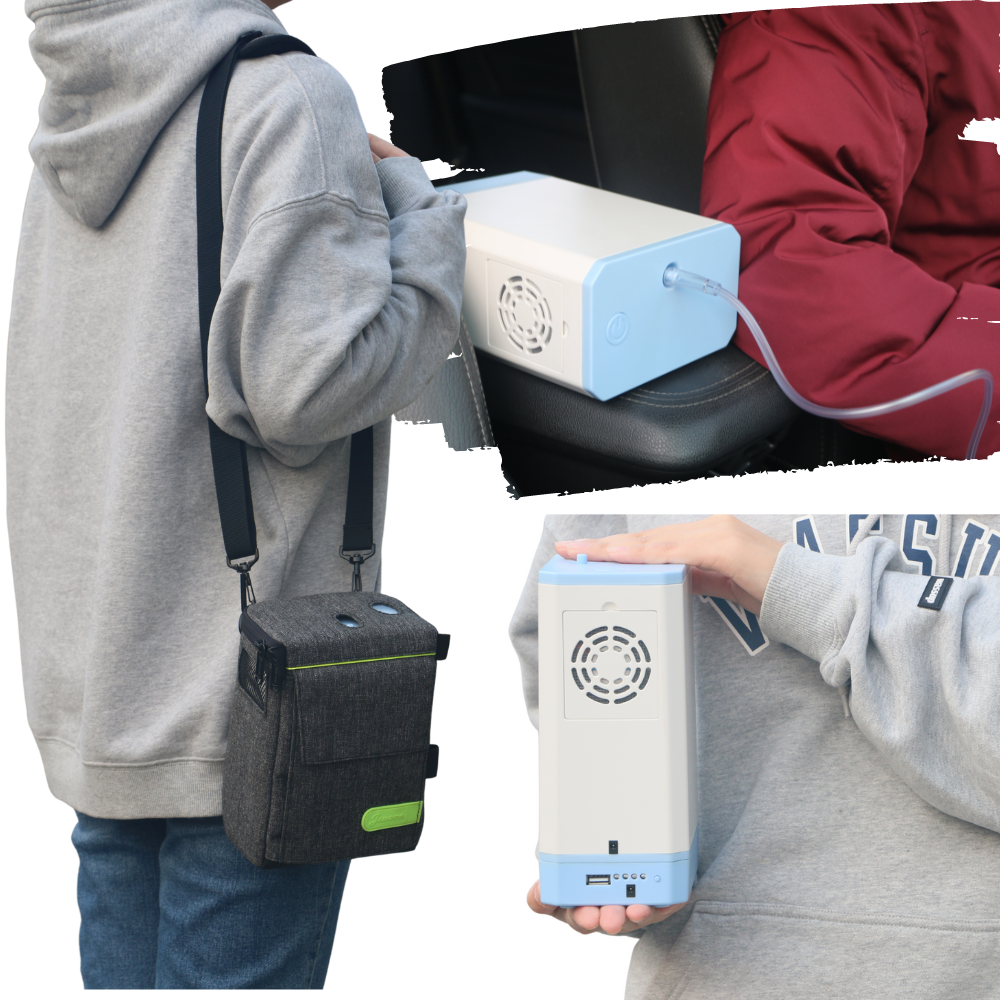Everything about Portable Oxygen Concentrators
Table of ContentsNot known Details About Portable Oxygen Concentrators Getting The Portable Oxygen Concentrators To WorkPortable Oxygen Concentrators for BeginnersSome Known Factual Statements About Portable Oxygen Concentrators
Stationary oxygen concentrators were as soon as the standard, however these tanks can evaluate 50 extra pounds and were very troublesome (Portable Oxygen Concentrators). Currently, mobile oxygen concentrators finish the job, and they can match a bag or bag! The only point you should keep in mind is that mobile concentrators have extra restricted oxygen delivery abilitiesThere are two major kinds of mobile oxygen concentrators: pulse dosage and continual flow. As the name suggests, pulse dose concentrators offer oxygen intermittently, only triggering when you breathe in. This kind of gadget is normally suggested for COPD clients with restricted oxygen demands, as the amount of O2 that a pulse dose concentrator can deliver is relatively low.
This gadget can deliver up to 3,000 m, L of oxygen every minute, while pulse dosage gadgets tend to top out at 1250 m, L. Continuous flow devices are the go-to for a lot of COPD patients, as they're suitable for people who need 2 to 5 litres of oxygen a minute.
Now that you have this guide to the various types of mobile oxygen machines, select the finest gadget with the help of your medical professional.
Rumored Buzz on Portable Oxygen Concentrators
We asked yourself how well these portable oxygen concentrators would function in medical facilities. POC concentrators raise the percentage of oxygen in ambient air people breathe in, whenever they need an increase.
When it comes to portable oxygen therapy, there are two main choices for distribution. These are portable oxygen cylinders which include pressed oxygen gas, or oxygen concentrators, which make use of a battery powered system to press and filter air, in order to develop a regular supply of focused oxygen. In this article, AMS Composite Cylinders Technical Director, Tony Morrin, compares both, taking a look at the advantages and disadvantages of each oxygen distribution system for NHS clinical oxygen individuals in regards to person autonomy.

Portable Oxygen Concentrator Oxygen pureness is consistently higher when supplied from cyndrical tubes it never ever goes down below 99. Whilst oxygen concentrators can internet be valuable for people that require a lower flow of oxygen, cyndrical tubes provide higher concentrations that can be much more appropriate for individuals with high circulation requirements.
The Ultimate Guide To Portable Oxygen Concentrators
Both systems need the individual to carry about devices. For cylinders, this will include lugging a bag (and periodically a trolley) and for mobile oxygen concentrators this will certainly consist of the bag, trolley and power battery charger. Weight wise, portable oxygen concentrators can be equivalent in weight, or sometimes, lighter than typical aluminium cylinder systems.
They will certainly have to enhance considerably if they are to give the exact same degree of performance as equivalent composite cylinders. Oxygen constantly carries a safety and security risk. On one hand, YOURURL.com need to cyndrical tubes spring a leak, they can develop an oxygen rich atmosphere that could lead to a boost in fire danger.

The distinction is that there are significant ahead of time expenses to purchasing a portable oxygen concentrator, however reduced running prices utilizing cyndrical tubes allows the purchaser to spread the price over an extended duration of time. One small downside of a portable oxygen concentrator is the noise portable systems make a substantial amount of noise during operation, which lots of people discover distracting.
Some Of Portable Oxygen Concentrators

Our top quality carbon composite cylinders offer high stress (300 Bar), reduced weight, and NLL (Non-Limited Life) performance, and are accredited for use worldwide. Further information regarding AMS Compound Cylinders Ltd can be discovered at .
Oxygen concentrators are created with individual movement in mind. Whether it's a desktop variation for home usage or a smaller, lightweight model for on-the-go, these devices permit patients to move freely without being connected to a fixed system. Especially for the ones specifically made for portability, patients can lug them around, helping with travel and daily tasks effortlessly.
Among the major eases of making use of an oxygen concentrator is the elimination of the frequent demand to replenish oxygen storage tanks. This not only reduces the logistical obstacles and reoccurring costs connected with refills however also ensures that the user has a much more foreseeable and constant resource of oxygen. Oxygen concentrators are created to fit flawlessly right into the home atmosphere.